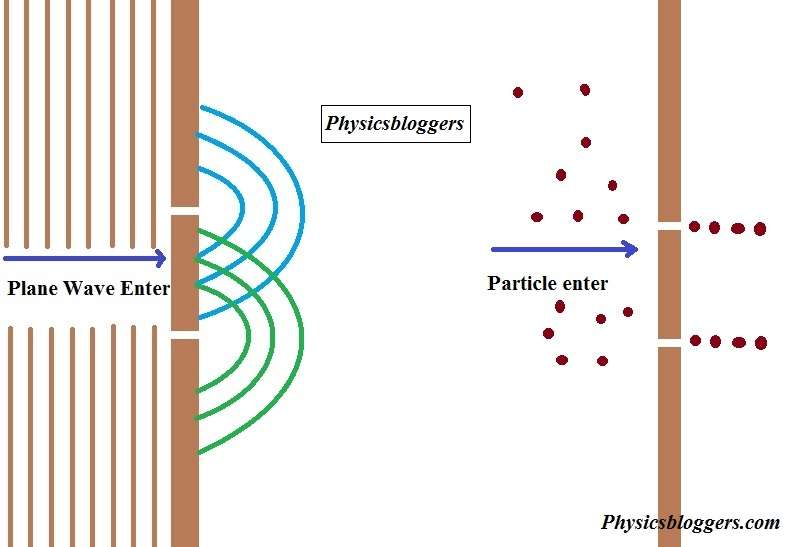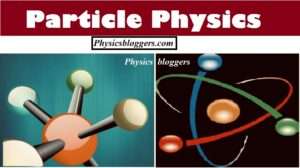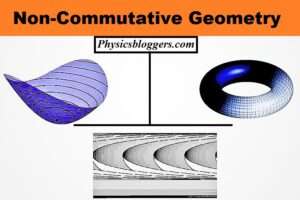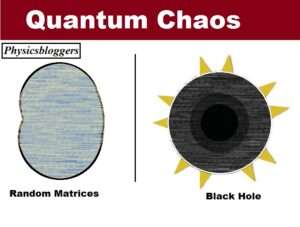Wave-particle duality

Wave-particle duality
Introduction
Wave-molecule duality is a key idea in quantum mechanics that depicts how particles can show both wave-like and molecule-like ways of behaving.

As indicated by old-style physical science, particles, for example, electrons and photons act like discrete particles with obvious positions and momenta. Nonetheless, in quantum mechanics, these equivalent particles can likewise be portrayed as waves that have specific properties like frequency, recurrence, and adequacy.
The wave-molecule duality idea was first presented by Louis de Broglie in a while Ph.D. theory in 1924. He suggested that particles like electrons could show wave-like properties and that their energy was conversely corresponding to their frequency, a relationship presently known as the de Broglie frequency.
The wave-molecule duality of quantum items can be shown through the renowned twofold cut try, in which a light emission or photons is gone through two firmly dispersed cuts and sawed on a screen behind the cuts. The subsequent example on the screen shows an impedance design that is normal for waves, despite the fact that the particles are being identified as individual particles.
Wave-molecule duality is a vital idea in grasping the way of behaving of subatomic particles and is crucial for some areas of present-day material science, including quantum mechanics, quantum field hypothesis, and quantum registering.
The job of wave-molecule duality in ongoing turns of events
Albeit the idea of wave-molecule duality might appear to be a simply dynamic thought that applies just to the universe of quantum mechanics, it really has a few significant down-to-earth applications in day-to-day existence. Here are a few models:
Semiconductor Innovation:
The advancement of present-day gadgets and semiconductors depends vigorously on the comprehension of wave-molecule duality. The way of behaving electrons in semiconductors, which are utilized to make microchips and other electronic gadgets, must be completely made sense by utilizing the standards of quantum mechanics.
Lasers:
The idea of wave-molecule duality is likewise vital for the working of lasers, which are utilized in a great many applications like correspondence frameworks, clinical hardware, and modern assembling. The creation and control of laser radiate rely upon the wave-like way of behaving of photons.
Magnifying instruments:
Filtering burrowing magnifying instruments and nuclear power magnifying lenses both depend on the wave-like properties of electrons to picture surfaces of materials on the nuclear scale.



